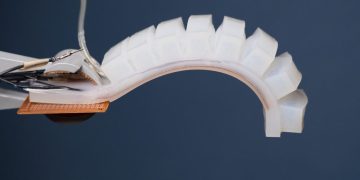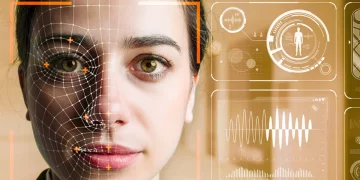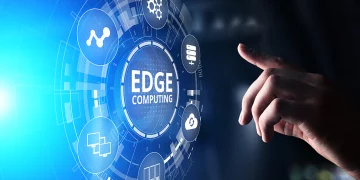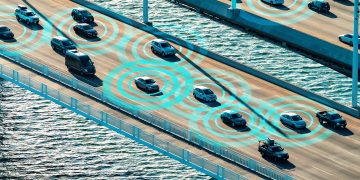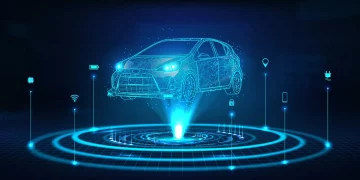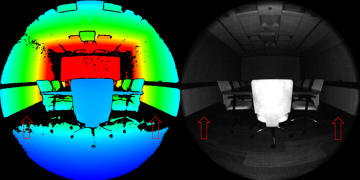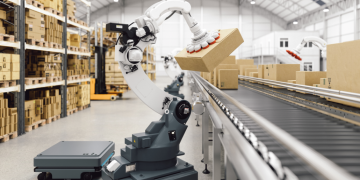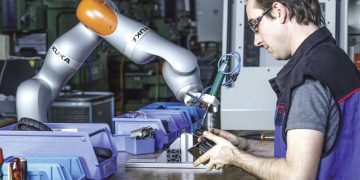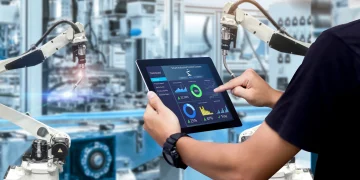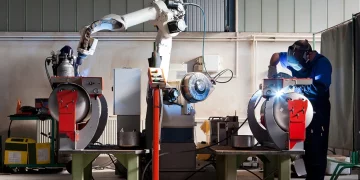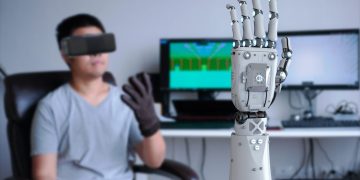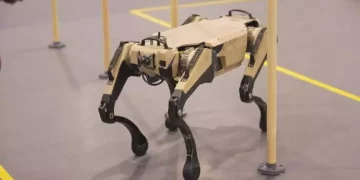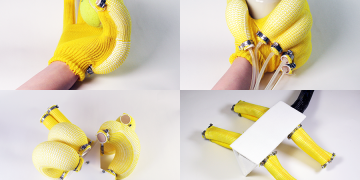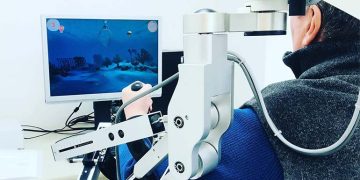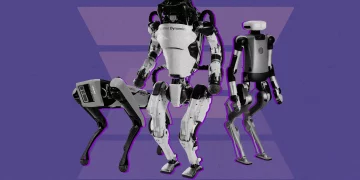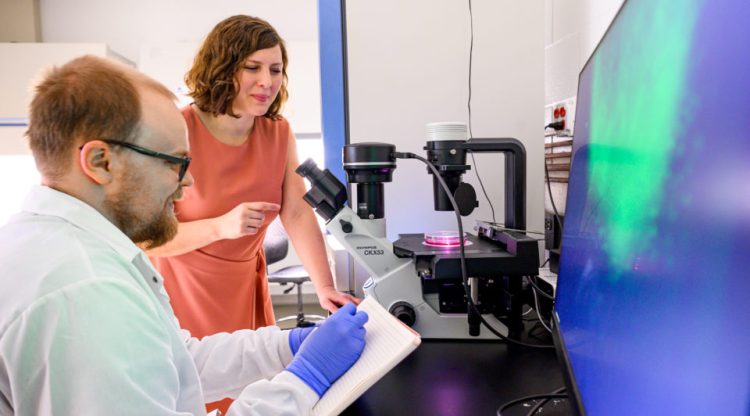Introduction
Biomimetics, or biomimicry, is a rapidly expanding field that involves studying nature’s designs, processes, and systems, and then applying these insights to create innovative solutions in engineering, robotics, medicine, and more. The interdisciplinary nature of biomimetics brings together a diverse range of scientific disciplines, including biology, materials science, mechanics, and electronics. This integration allows researchers and engineers to develop new technologies that replicate the highly efficient and adaptive characteristics found in the natural world.
In this article, we explore how the study of biomimetics draws from these multiple disciplines, its applications in various industries, and the transformative potential it holds for the future. We will delve into specific examples of how biomimetic designs are being incorporated into robotics, examine the challenges involved, and highlight the progress that is driving this exciting field forward.
1. The Foundations of Biomimetic Research
a. Biology: The Blueprint for Innovation
At its core, biomimicry begins with biology—the study of life forms and their behavior, structures, and functions. By understanding how organisms have evolved to thrive in specific environments, scientists can derive solutions to solve modern technological challenges. Nature, after all, has had billions of years of experimentation to perfect processes such as energy efficiency, materials strength, and adaptability.
For example, the gecko’s ability to climb smooth surfaces inspired the development of adhesive technologies, such as dry adhesive pads that mimic the tiny hair-like structures on a gecko’s feet. Similarly, the structure of bird wings has influenced the design of efficient aircraft and drones.
Expert Insight:
“Biology has already solved many of the problems we face in modern engineering, from energy consumption to motion control. The key is to understand how biological systems work at a molecular level and then translate those mechanisms into engineering solutions.” — Dr. Jane Smith, Expert in Biomimicry and Robotics
b. Materials Science: Building on Nature’s Strengths
Materials science plays a crucial role in biomimetics, as it allows us to replicate the structural properties of natural materials for use in engineering. Nature has created some of the most durable, lightweight, and versatile materials known to man, and these properties are now being studied to inspire new, high-performance materials.
For instance, the structure of spider silk has fascinated scientists for years due to its combination of strength and lightness. Engineers are now working on developing synthetic materials that mimic the properties of spider silk, which could have applications in everything from medical sutures to aerospace engineering.
Additionally, shark skin has been a major source of inspiration for creating materials with anti-bacterial properties and reduced drag. The microscopic structure of shark skin helps the animal glide efficiently through water, and similar surfaces are now being used to develop more efficient boat hulls and aircraft surfaces.
2. The Role of Mechanics in Biomimetics
a. Understanding Locomotion and Adaptability
Mechanics, particularly the study of motion and forces, is another key component of biomimetic research. By examining how animals move—whether it’s a cheetah’s sprinting speed, an octopus’s fluid motion, or a bird’s flight path—engineers can develop robotic systems that replicate these movements.
The mechanics of animal movement provide insights into creating more efficient and adaptive robots. For instance, quadruped robots like Boston Dynamics’ Spot mimic the motion of four-legged animals, allowing them to traverse rough terrains and carry out tasks in environments that are difficult or dangerous for humans.
Another fascinating area of study is the soft robotics inspired by creatures like the octopus. Soft-bodied animals use flexible materials to move, and replicating these designs allows robots to squeeze through tight spaces and adapt to different shapes.
Case Study:
One innovative example is the “Robotic Fish” designed by engineers inspired by the movement of fish. These robots use flexible fins and tail movements that replicate real fish propulsion, enabling them to move with minimal resistance in water. This technology has the potential to revolutionize underwater exploration and surveillance.
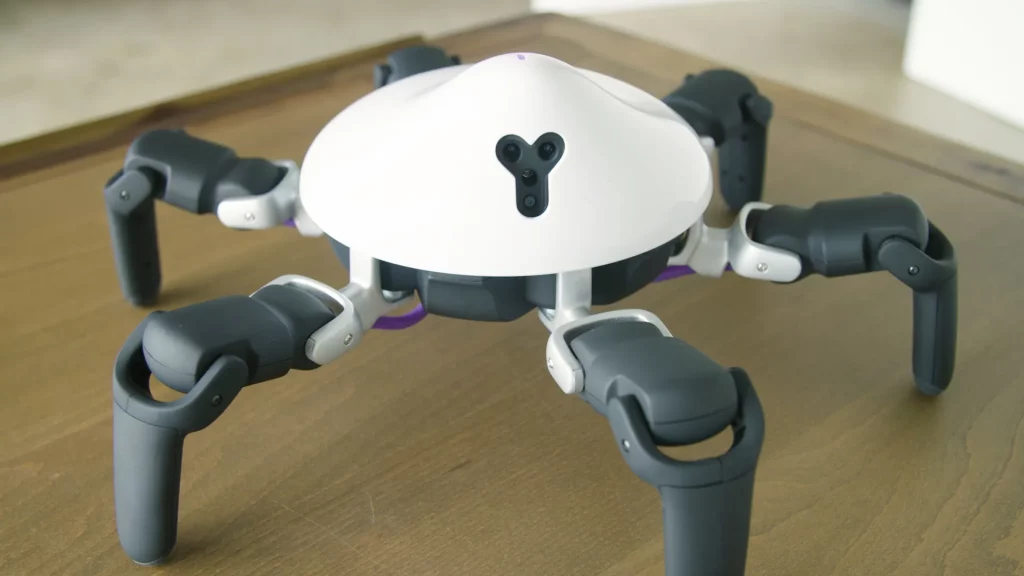
3. Electronics: Mimicking Biological Sensory Systems
a. Sensing and Perception
Incorporating biological sensory systems into robots is another critical aspect of biomimetic engineering. The human sensory system, including vision, hearing, and touch, has been a model for creating highly responsive and autonomous robots.
Computer vision, for example, is a field heavily influenced by how the human eye processes visual information. Advances in machine learning and artificial intelligence (AI) have enabled robots to recognize and interpret visual data in real time. Facial recognition technologies used by robots today are based on similar neural processing principles to how humans interpret faces.
Other forms of bio-inspired sensing include ultrasonic and echolocation sensors, inspired by how bats use sound to navigate. By mimicking these sensory systems, robots can gain a better understanding of their surroundings, making them more autonomous and capable of interacting in complex environments.
Expert Insight:
“By studying how animals process sensory data, we can design robots that are more intuitive and capable of complex, real-time decision-making. The goal is to enable robots to interact with their environment in a more natural, human-like way.” — Dr. Michael Thompson, AI and Robotics Specialist
b. Bio-Inspired Communication Systems
One of the most exciting prospects in biomimetic robotics is the development of communication systems inspired by nature. For instance, swarm intelligence, inspired by the behaviors of ants, bees, and other social animals, has been used to develop robotic swarms that work collaboratively to complete tasks. These robots can communicate and coordinate with each other, allowing for more efficient operations, especially in tasks like search-and-rescue missions or environmental monitoring.
4. Applications of Biomimetic Robotics
a. Disaster Response and Search-and-Rescue
The most immediate and impactful applications of biomimetic robotics are in fields like disaster response and search-and-rescue operations. In disaster zones, where human access may be limited due to structural damage, chemical hazards, or dangerous terrain, biomimetic robots can navigate the rubble and conduct searches for survivors.
For example, snake-like robots inspired by the movement of serpents are being designed to slither through debris to access spaces that humans or traditional robots cannot reach. Their flexible structure allows them to adjust their form and maneuver through complex environments.
Case Study:
A recent initiative in Japan developed a biomimetic robot modeled after a tiger beetle. These robots are used in search-and-rescue operations following natural disasters, where they can crawl over debris and identify survivors through heat sensing technology.
b. Healthcare and Rehabilitation
Another major area of biomimetic robotics is in healthcare and rehabilitation. The design of exoskeletons, robotic prosthetics, and assistive devices has been heavily influenced by the need to mimic natural human movement.
By using biomimetic principles, engineers have developed robotic limbs and prosthetics that not only replicate the range of motion of human limbs but can also be controlled through signals from the brain. These advancements provide hope for patients with amputations or neurological impairments.
5. Future Trends and Challenges in Biomimetic Robotics
a. The Path to Autonomous and Adaptive Robots
The ultimate goal of biomimetic robotics is to create autonomous robots that can learn, adapt, and function in dynamic environments. By mimicking the learning capabilities of animals and humans, robots can become more than just programmed machines—they will become intelligent systems capable of independent decision-making.
However, significant challenges remain in terms of achieving general artificial intelligence (AI), where robots can learn from experience and adapt to new, unstructured tasks. Currently, AI models used in robotics are still limited in their ability to generalize across a wide range of situations.
b. Ethical Considerations
As biomimetic robots continue to evolve, ethical considerations must be addressed. Issues such as robot autonomy, privacy concerns, and the potential for robots to replace human labor in various industries are topics of active discussion among ethicists, engineers, and policymakers. Balancing innovation with ethical standards will be critical to ensuring that the benefits of biomimetics are realized in a responsible way.
Conclusion
The field of biomimetics is advancing rapidly, bringing together the best of biology, materials science, mechanics, and electronics to create robots that are more adaptive, efficient, and capable of performing tasks in complex environments. As we continue to explore and develop these bio-inspired technologies, the potential for biomimetic robots to change industries ranging from healthcare to manufacturing is immense.
The journey of mimicking nature is not without its challenges, but the rewards are clear. By drawing inspiration from the natural world, we are not only solving technical problems but also creating more sustainable, resilient, and efficient solutions. As the field continues to evolve, the integration of biomimetic principles into robotics will likely lead to a new era of innovation that could change the way we interact with technology and the world around us.

